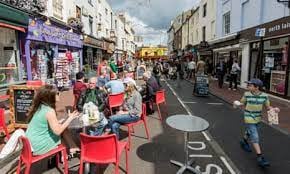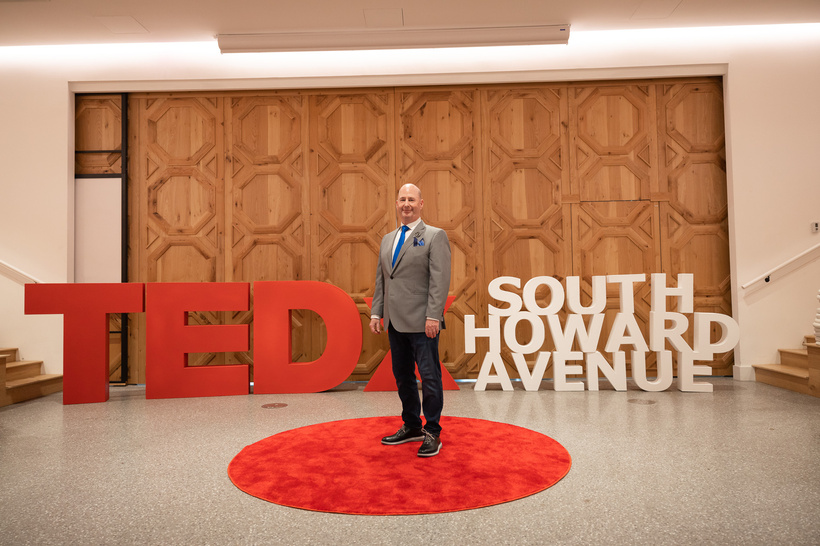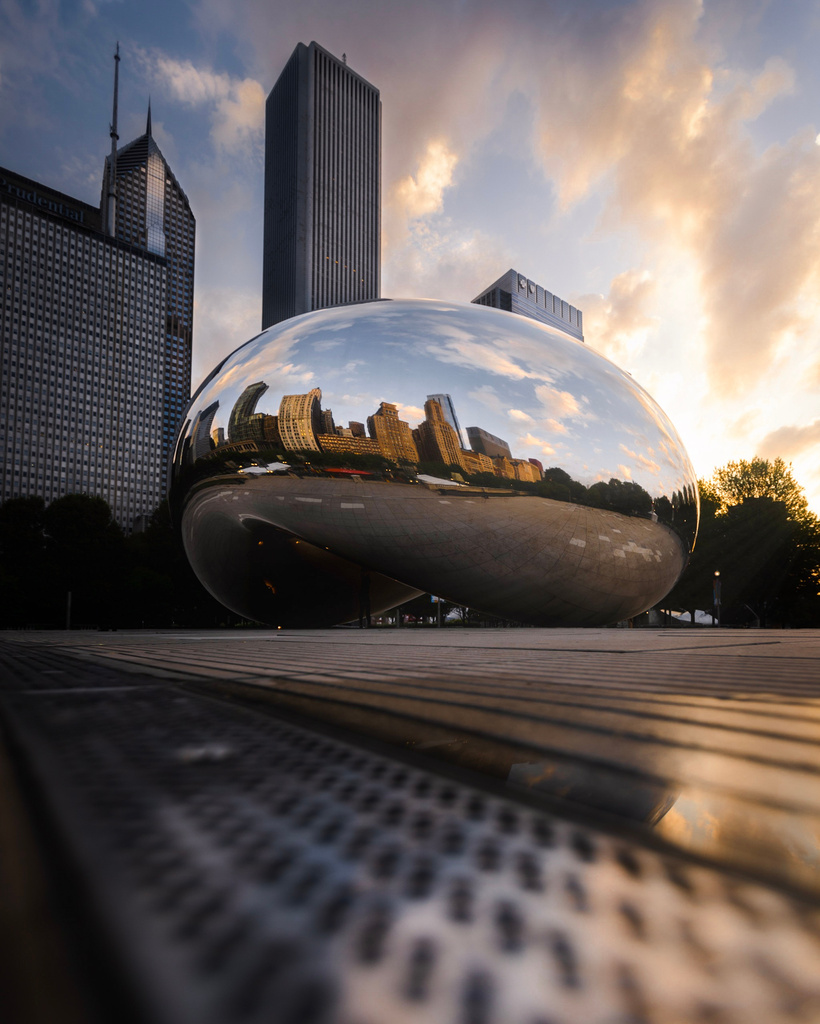
TEDx Speaker, Podcaster, Urban Revivalist
William McPherson is a visioned urban enthusiast speaker renowned for his expertise in the transformative power of traditionally designed walkable neighborhoods. With a career dedicated to reshaping landscapes, McPherson stands at the forefront of advocating for human-centric urban planning that enhances both physical and emotional well-being.
As a Master degreed Civic Urbanism specialist and TEDx speaker, he has reached over 130,000 online and on stage. McPherson passionately articulates the myriad benefits of walkable neighborhoods, emphasizing the critical role they play in reducing feelings of isolation. Having experienced isolation and depression of suburban sprawl that negatively impacted his career, health, and marriage, his insightful talks delve into the intricate relationship between urban design and community connections, showcasing how thoughtfully crafted spaces can foster a sense of belonging and unity.
Engaging and with comedic relief, William McPherson's presentations inspire audiences to picture themselves living and creating dynamic, interconnected places where the built environment becomes a catalyst for positive change.
Join McPherson on a journey toward healthier and happier neighborhoods, where the simple act of walking becomes a catalyst for reducing isolation and depression. Through his insightful perspective, he inspires us to reimagine urban spaces as interconnected havens that promote not just movement but also meaningful connections.
Live Better Through Urban Design
TEDx Speaker
After WWII, the US started designing car-centric towns and communities with separation of uses. Schools were put on the outskirts, shopping malls over taking downtown centers, and housing pods with curvilinear streets separated by collector roads causing traffic congestion. The problem is people don’t understand or care for one another. This causes crime, health problems (obesity), wealth envy, entitlement and of course political gulfs.
The solution: Dusting off the bins of neighborhood design before WWII: implementation of new urbanism/pocket neighborhoods. New urbanism principles include houses on long thin lots, porches close up and fronting streets, garages recessed, many walkable trails and parks nearby.
Neighborhood Nostalgia: Each house has an area for neighbor engagement and for private retreat.
We must repair suburban sprawl into human centric communities. We can start bringing people together by having places to congregate on foot.
I’ve had my career, health and marriage affected by urban sprawl.










